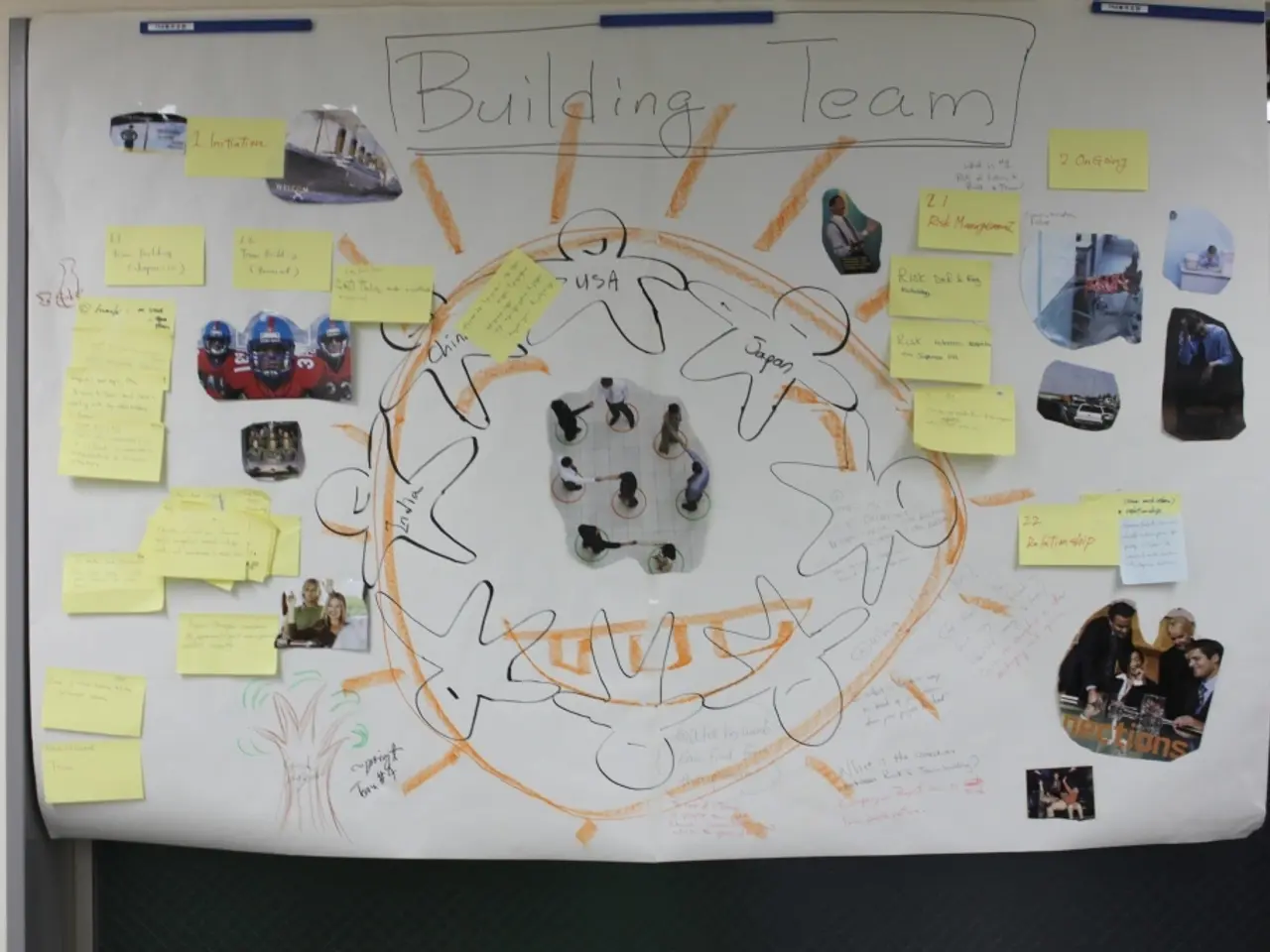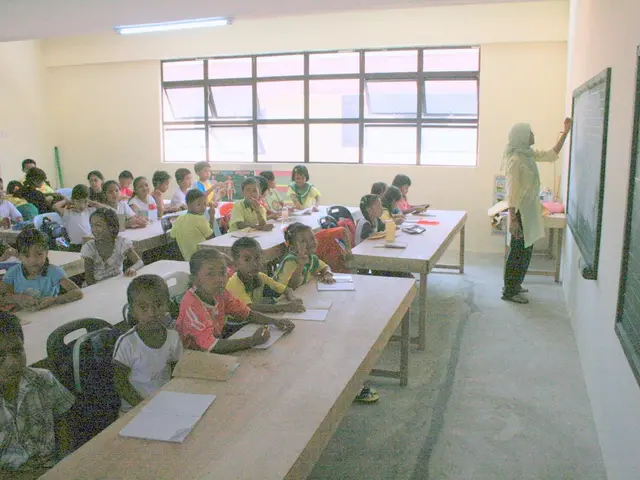Downloadable Emotion Charts for Children (in PDF format) - Guidelines for Utilizing Emotion Charts Productively
In the realm of helping children understand and manage their emotions, emotion charts have emerged as a powerful tool. These visual aids, also known as feelings charts, serve as a foundation for emotional intelligence, aiding in the recognition, naming, and management of feelings.
Emotion charts promote emotional awareness by helping children identify and label their emotions, a fundamental step in developing emotional intelligence. By naming feelings, children are reassured that emotions are normal and manageable experiences.
These charts support emotional regulation skills by enabling children to monitor, evaluate, and modify their emotional responses. This aids in coping with big emotions like anger, frustration, or sadness, without becoming overwhelmed.
Emotion charts also encourage self-monitoring and self-control, acting as reminders and prompts for children to reflect on their emotional state, fostering self-regulation and independent management of feelings.
In addition, these visual tools enhance social-emotional learning (SEL), helping children develop empathy by understanding their own emotions and those of others. SEL programs often integrate emotion charts to teach social skills such as sharing, turn-taking, and active listening alongside emotional awareness.
Reducing anxiety and improving behaviour is another benefit of emotion charts. Making emotions visible helps children anticipate and prepare for emotional triggers, which can reduce emotional outbursts and support positive behaviours. This is especially beneficial in classroom settings or for children with developmental differences such as autism.
For children who struggle to verbalize feelings, emotion charts provide a nonverbal way to express emotions, making social interactions and emotional conversations easier.
Popular emotion charts include super simple charts, basic 4-6 emotion charts, full-range emotion charts, emotion intensity scales, and holiday-themed emotion charts. A useful chart might include a 5-point anger scale, moving from happy to very angry, using emoticon faces to show each level. The chart also has two extra columns: one where the child can describe how they look or act at each level and another where they can add coping strategies.
Calming strategies or anger management activities, such as breathing exercises, moving into another situation, physical exercise, expressing it through drawing or writing, swapping bad thoughts for good thoughts, using imagination, yoga and mindfulness exercises for kids, can be incorporated into the chart.
Spend time labelling and describing the emotions together, and create an emotion chart that matches your child's developmental level. Emotion charts come in many visual styles, including simple emoticons, real photos of children's faces, cartoon-style illustrations or drawings, and custom-made visuals.
Explore the scale with your child by asking questions like: What do you think this face is feeling? What does your face and body feel like when you're at this level of anger-or before the anger even starts?
Use additional resources, such as emotions worksheets and workbooks, emotions flashcards, and printable feelings charts for kids. Emotion intensity scales help kids understand not just what they're feeling, but how strongly they're feeling it, and are especially useful for building self-awareness and developing self-regulation skills.
Role-play what different feelings might look, sound, or feel like. Discuss the feelings faces with your child, labelling and describing the emotions in each image.
Emotion charts display a range of emotions using words, facial expressions, colors, or images, making it easier to recognise and communicate how one feels. Keep practicing regularly. Like any skill, coping strategies get stronger with repetition.
Emotion charts are often used in homes, classrooms, and therapy settings to support emotional awareness, self-regulation, and social-emotional learning. They can be especially useful for kids who do not communicate verbally, have trouble identifying emotions in themselves or others, struggle to express how they feel in words, or are neurodivergent or younger children still developing emotional vocabulary.
Practice these strategies when your child is calm and feeling good. Decide with your child what the "anger action plan" will look like, brainstorming with your child strategies or activities that could help at each level of the chart.
In summary, emotion charts act as a foundational tool in helping children understand and manage their emotions, thereby improving emotional regulation and supporting broader social-emotional development crucial for success in school, relationships, and everyday life.
Parenting and education-and-self-development overlap when using emotion charts as a tool for personal-growth, as these visual aids aid in children's learning about their emotions, promoting emotional awareness, self-monitoring, and coping skills. Additionally, incorporating emotion charts into learning can enhance social-emotional learning (SEL), encouraging empathy, empathizing with others, and fostering essential social skills such as sharing, turn-taking, and active listening.




